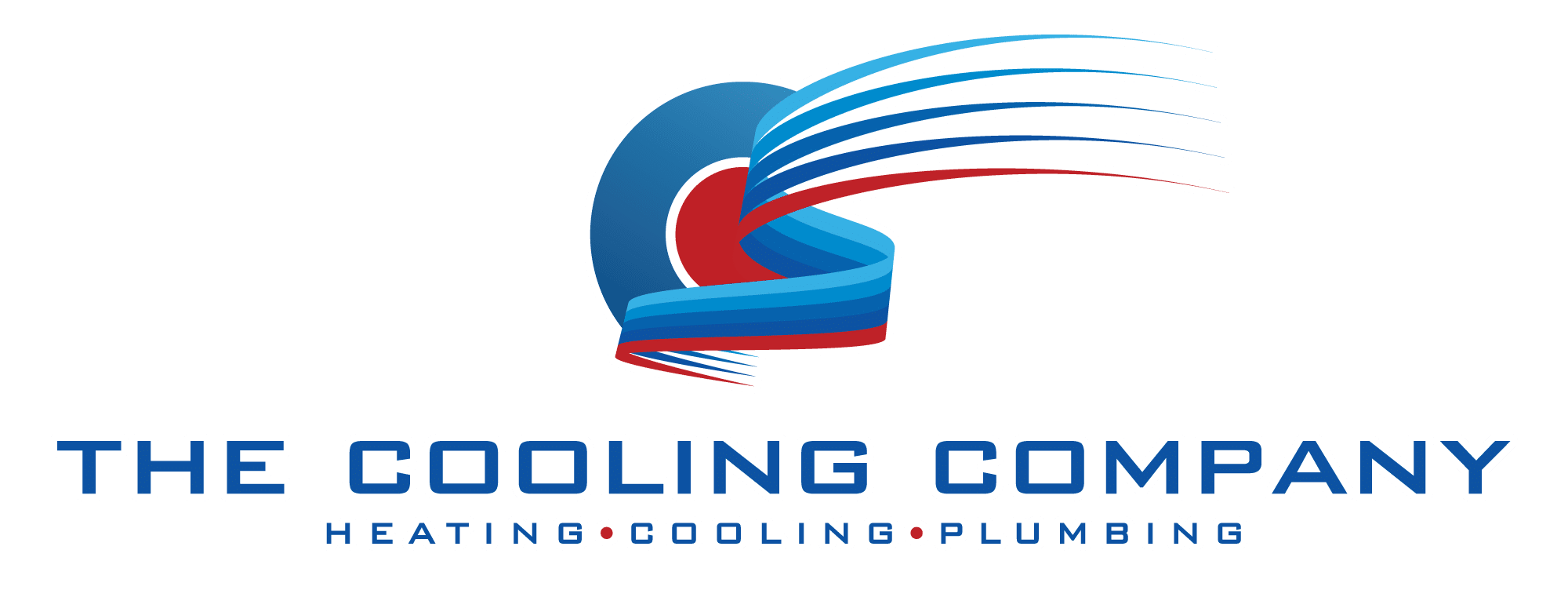Understanding Mold Growth and Its Impact on Grow Rooms
Mold is a type of fungus that thrives in environments where moisture is abundant. According to John Bower, author of The Healthy House, mold requires five key conditions to grow: food, air, a surface to grow on, suitable temperature, and moisture. In grow rooms, these conditions are often met unintentionally, especially when humidity and temperature are not carefully controlled.
Unchecked mold growth can cause severe damage to plants by affecting their leaves, stems, and roots. Beyond plant health, mold spores can become airborne, leading to respiratory issues for workers and anyone exposed to the environment. Research has shown that mold exposure during infancy is linked to an increased risk of developing asthma by age 7, highlighting the broader health implications of mold presence.
The Role of Humidity in Mold Development
Moisture is the single most critical factor for mold proliferation. The U.S. Environmental Protection Agency (EPA) emphasizes that controlling moisture is the most effective way to prevent mold growth, as all molds require moisture to thrive. In grow rooms, high humidity levels often result from watering plants, transpiration, and inadequate ventilation.
Bruce Kester of Integrated Power Solutions points out that while flooding or burst pipes may be unavoidable at times, maintaining relative humidity within optimal ranges is crucial to prevent mold outbreaks. Keeping humidity levels below 60% is generally recommended to inhibit mold growth, but the exact target can vary depending on the crop and environmental conditions. For instance, certain tropical plants may tolerate higher humidity levels, but this can increase the risk for mold if not monitored closely.
Additionally, the temperature in grow rooms plays a significant role in mold growth. Warmer temperatures can accelerate mold reproduction, especially when combined with high humidity. Growers should strive to maintain a balance between warmth for optimal plant growth and cooler conditions that deter mold. Implementing strategies such as using dehumidifiers, improving air circulation, and regular monitoring of both humidity and temperature can create an environment that is less conducive to mold while still supporting healthy plant development.
For a full guide to balancing temperature and humidity beyond mold control, see our Optimizing Temperature and Humidity Control in HVAC Grow Rooms.
Why HVAC Solutions Are Essential for Mold Prevention
HVAC systems are the backbone of environmental control in grow rooms. They regulate temperature, humidity, and air circulation—three factors that directly influence mold growth. Without a properly designed and maintained HVAC system, growers risk creating the perfect environment for mold to flourish.
Humidity Control Through HVAC
One of the primary functions of HVAC in a grow room is to manage humidity. Dehumidification removes excess moisture from the air, reducing the likelihood of mold spores settling and growing on surfaces. Conversely, heating and cooling components help maintain stable temperatures that are less conducive to mold development. For a broader checklist on designing climate control systems that prevent mold and boost yield, read our blog on HVAC Requirements for Cannabis Grow Rooms: Essential Guidelines.
Advanced HVAC systems can monitor and adjust conditions in real time, ensuring that humidity and temperature remain within safe parameters. This dynamic control is especially important in cultivation facilities where environmental conditions can change rapidly due to plant growth cycles and external weather variations. Furthermore, many modern systems are equipped with sensors that provide alerts when humidity levels approach critical thresholds, allowing growers to take immediate action to mitigate mold risks before they escalate.
Ventilation and Airflow Management
Proper ventilation is another critical aspect of HVAC systems in mold prevention. Stagnant air allows moisture to accumulate and mold spores to settle. By ensuring continuous airflow, HVAC systems help disperse moisture and prevent localized humidity pockets.
Exhaust fans, intake vents, and strategically placed ductwork all contribute to maintaining air movement. This not only reduces mold risk but also promotes healthy plant respiration and gas exchange. Additionally, incorporating air filtration systems can further enhance air quality by trapping airborne mold spores and other contaminants, creating a cleaner environment for plant growth. Regular maintenance of these systems, including filter changes and duct cleaning, is essential to ensure optimal performance and longevity, thereby safeguarding against potential mold outbreaks.
Innovations in HVAC Technology for Grow Rooms
Dew Point Control Systems
Dew point control HVAC systems regulate the temperature at which air becomes saturated and moisture begins to condense. By maintaining conditions above the dew point, these systems prevent condensation on surfaces—a common trigger for mold growth.
According to industry reports, the use of dew point control HVAC systems has led to a 12-15% reduction in energy use while significantly decreasing mold outbreaks in cultivation facilities. Want more ways to save energy while fighting mold? Explore our Energy Efficient HVAC Options for Grow Rooms: Top Choices for 2025 blog to learn about the best options for efficiency. This dual benefit of energy efficiency and mold prevention makes dew point control an attractive option for growers seeking sustainable and effective environmental management.
Moreover, these systems are designed with advanced algorithms that can learn and adapt to the specific microclimates within a grow room. This adaptability allows for tailored climate control, ensuring that each plant receives optimal conditions for growth without the risk of excess moisture accumulation. As a result, growers can achieve higher yields and healthier crops, further reinforcing the value of investing in such innovative technology.
Integration with Environmental Monitoring
Modern HVAC systems often integrate with environmental sensors that provide real-time data on temperature, humidity, and air quality. This integration allows for automated adjustments and alerts, enabling growers to respond quickly to any conditions that might favor mold development.
Such proactive monitoring is especially valuable in large-scale operations where manual oversight of every grow room is impractical. The ability to receive instant notifications about fluctuations in environmental conditions means that growers can take immediate action, such as adjusting airflow or humidity levels, to mitigate potential mold risks. Additionally, these systems can often be accessed remotely via mobile applications, allowing growers to maintain oversight even when they are not physically present on-site.
Furthermore, the data collected by these environmental sensors can be invaluable for long-term planning and optimization. By analyzing trends over time, growers can identify patterns that lead to mold outbreaks and adjust their practices accordingly. This data-driven approach not only enhances mold management but also contributes to overall operational efficiency, making it a crucial aspect of modern agricultural practices.
Best Practices for Maintaining Mold-Free Grow Rooms
Regular HVAC Maintenance
Ensuring your HVAC system is clean and functioning optimally is essential. Dust, debris, and microbial growth within HVAC components can become sources of contamination. Regular inspection, filter replacement, and cleaning help maintain system efficiency and air quality. Additionally, consider investing in UV-C light systems that can be installed within the HVAC ductwork. These systems use ultraviolet light to kill mold spores and bacteria, further enhancing the cleanliness of the air circulating through your grow room. To learn how maintenance helps prevent the most common failures, check out our article on Common HVAC Problems in Cannabis Grow Rooms: Solutions and Prevention.
Moisture Source Management
Addressing moisture at its source is critical. This includes fixing leaks promptly, avoiding overwatering, and using water delivery systems that minimize excess humidity. The Occupational Safety and Health Administration (OSHA) highlights moisture control as a key factor in preventing indoor mold growth. Furthermore, employing dehumidifiers can significantly aid in maintaining optimal humidity levels, particularly during the flowering stage of plant growth when transpiration rates are high. Regular monitoring of humidity levels with hygrometers can provide real-time data, allowing for immediate adjustments to prevent mold proliferation.
Surface Cleaning and Sanitation
Since mold requires a surface to grow on, keeping grow room surfaces clean and dry reduces available habitats for mold spores. Use appropriate cleaning agents and ensure surfaces dry thoroughly after cleaning. Consider implementing a routine cleaning schedule that includes not just surfaces but also tools and equipment that come into contact with plants. This can include sterilizing pots, trays, and any other materials that may harbor spores. Using disposable materials where possible can also reduce the risk of contamination.
Environmental Zoning
In larger facilities, creating zones with tailored environmental controls can prevent mold spread. For example, separating high-humidity areas from drier zones limits the risk of cross-contamination. Each zone can be equipped with its own climate control systems, allowing for precise adjustments based on the specific needs of the plants being cultivated. Additionally, implementing strict access protocols between zones can help minimize the transfer of spores and contaminants, ensuring that each area remains as mold-free as possible. Staff training on the importance of these protocols can further enhance the effectiveness of your mold prevention strategy.
Conclusion
Preventing mold in grow rooms is a multifaceted challenge that demands careful attention to environmental conditions. Effective HVAC solutions play an indispensable role by controlling humidity, temperature, and airflow—key factors that influence mold growth. Advances like dew point control HVAC systems offer promising improvements in both mold prevention and energy efficiency.
By combining state-of-the-art HVAC technology with diligent maintenance and moisture management practices, growers can protect their crops, safeguard worker health, and ensure consistent, high-quality yields. Ultimately, investing in robust HVAC solutions is not just about preventing mold—it’s about cultivating success in every sense. Looking for the bigger picture? Read our HVAC Design Checklist for Indoor Grow Rooms blog to make sure mold prevention fits into your full climate control strategy.
Secure Your Grow Room’s Success with The Cooling Company
Don’t let mold compromise your grow room’s environment and your hard work. The Cooling Company specializes in providing the HVAC solutions you need to maintain optimal conditions for your plants. Our certified technicians in Las Vegas are ready to assist with the installation, maintenance, or repair of your HVAC systems, ensuring your grow room stays mold-free and your crops thrive. Schedule a Service today and take the first step towards a healthier, more productive grow space.



